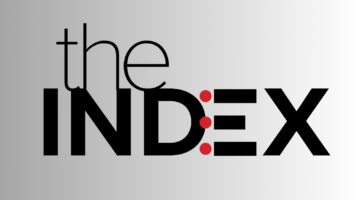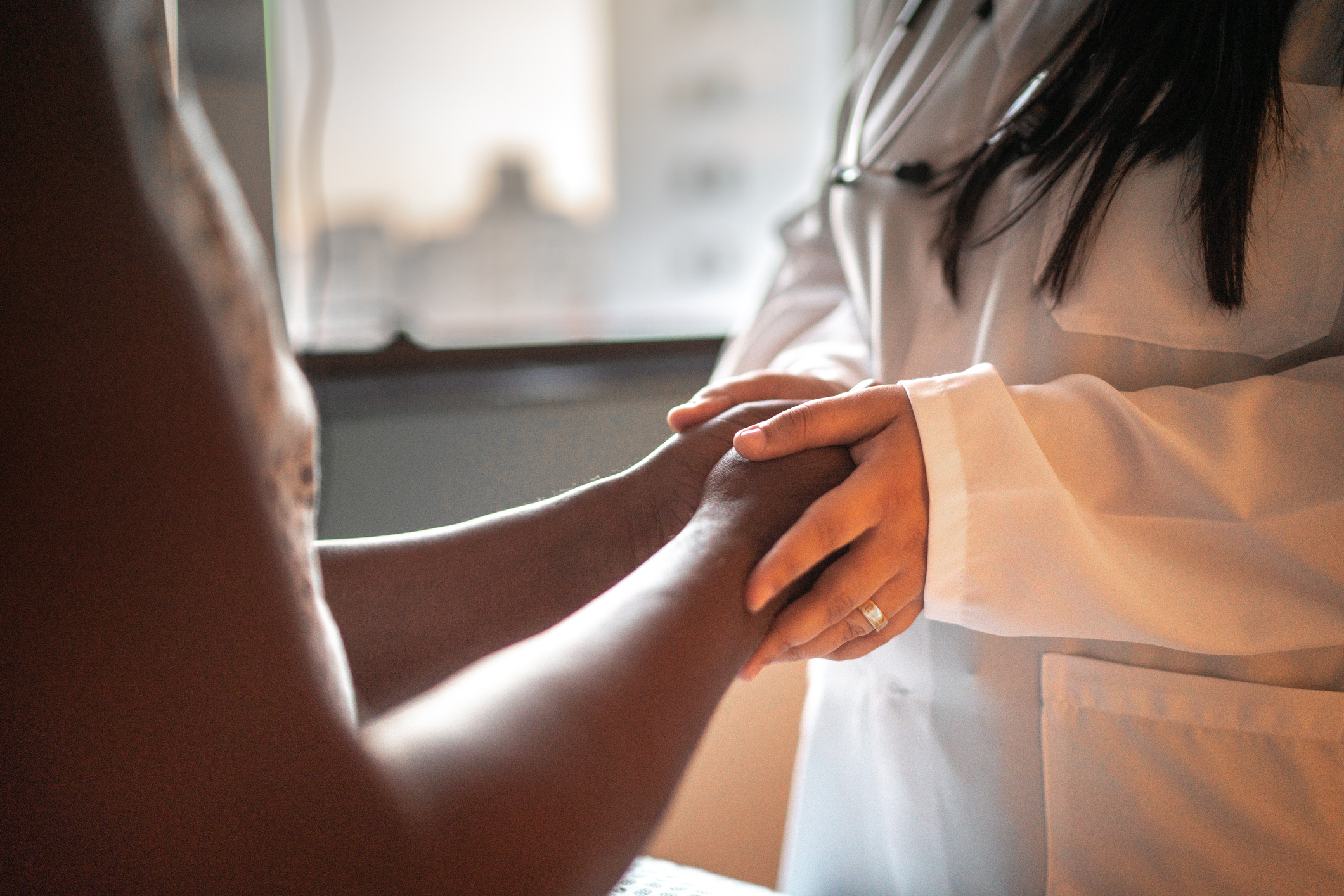 It seems that the president of one of the world’s best-known hotel brands would have a thorough understanding of the “guest experience.”
It seems that the president of one of the world’s best-known hotel brands would have a thorough understanding of the “guest experience.”
“It’s a paradox,” said Mark Hoplamazian, president and CEO of Hyatt Hotels Corp. . “We have guest rooms, guest services, guest metrics — this whole nomenclature built around guests.”
But the hotel’s guest services were based on the hotel’s service standards, not the guests.’

Consultants: Help Define What’s Next In Healthcare Benefits
Help shape the future of healthcare benefits by sharing your insights.
Hoplamazian realized there was a better approach when he found himself a guest in a business associate’s creaky Century home. He was worried about waking his hosts by walking on the squeaky floors too early in the morning. He started asking about their preferences and habits to figure out how to navigate his stay. He sees it as a pivotal moment that turned the tables on how he — and ultimately the whole hotel chain — views its role in caring for guests.
Empathy is Key to Caring for Guests, Patients
“In healthcare and hospitality, it’s essential to reverse our perspective and see things from their eyes.”
As Hoplamazian spoke to several hundred doctors and healthcare professionals at the Patient Experience Summit on Monday in Cleveland, he challenged them to think about patients differently, too.
“What if you don’t think of them as guests or patients, but just think about them as people? After all, we are ‘guests’ in the flow of their lives.”
That new perspective lead to some broad and significant changes in the hotel chain, which has since has adopted a new slogan: “We care for people so they can be their best.”
Using the word “care” instead of the “serve” was deliberate, Hoplamazian said.
“There’s a huge difference between service and care. You can serve without caring but you can’t care without serving. Ultimately the path (to this change) is empathy.”
Empathy + Technology = Operational Improvements
Like many hotel and hospitality chains, Hyatt had metrics and scripts that determined service standards, such as at how many paces a guest should be greeted, how many times the guest should be called by name. Rather than revisiting those metrics, Hyatt threw them out.
In their place, the company implemented programs that relied on the employees’ natural inclinations and empathy.
Front desk workers are encouraged to greet and treat Hyatt guests as individuals.
Seeing things from a different perspective also affected how the company managed employees. Hyatt gave employees a voice in uniform design, and further, relaxed dress and grooming directives for hotel employees.
The company also completely redesigned its employee orientation process, and
created an application that gave housekeeping staff the ability to create their own schedules.
“Technology is a powerful vehicle to scale change,” Hoplamazian said.
While Hoplamazian and Hyatt have seen the positive results of a changed perspective in management, healthcare is just beginning to experiment with how a similar, fundamental change in perspective can work in practice.
 Is Healthcare Ready For Patients’ Perspective?
Is Healthcare Ready For Patients’ Perspective?
As Sally Okun, RN, MMHS, and Vice President for Advocacy, Policy and Patient Safety for PatientsLikeMe pointed out, while consumers can choose a hotel based on their anticipated or desired experience, “no one chooses to experience being a patient!”
However, in healthcare as in the hospitality industry, Okun believes empathy — seeing the experience through the patient’s eyes — can lead to better care.
Okun says PatientsLikeMe is a research-based social platform to focus on the patients’ living experience — the vast majority of which happens outside of a doctor’s office or clinical setting.
Since its inception in 2004, PatientsLikeMe has worked to capture “deep patient data about experience of living with chronic life-changing conditions.” Today more than 430,000 patients with 2500 conditions are using the open-access platform. Could hospitals and clinicians use the data as the basis of a potentially perspective-changing shift in the way they care for patients?
While PatientsLikeMe has primarily connected patient to patient up to this point, Okun said there have been discussions recently about how the platform could be used to improve clinical interactions as well.
The Patient’s Perspective in Full Color
While PatientsLikeMe seems a ready repository of data on patient experience, Regina Holliday offers a more graphic approach. The patient advocate and founder of Walking Gallery creates full color paintings in public spaces (and on jackets worn in public) that depict (mostly bureaucratic) failures of the health care system.
Her paintings illustrate myriad stories of poor care coordination and lack of access to patient medical information that have resulted in inadequate care or death.
Technology is readily available to provide realtime access to medical information, she says, which could eliminate most of these bureaucratic, and sometimes deadly, delays in providing care.
Okun said that one of the fundamental questions PatientsLikeMe is exploring now is, “How can we help patients understand what it means to be partner in health care experience?”
Perhaps the bigger question is, how soon can healthcare providers, patients and government regulators agree to see things from a different perspective?
Image: Beryl Institute & Catalyst Healthcare Research report The State of Patient Experience








